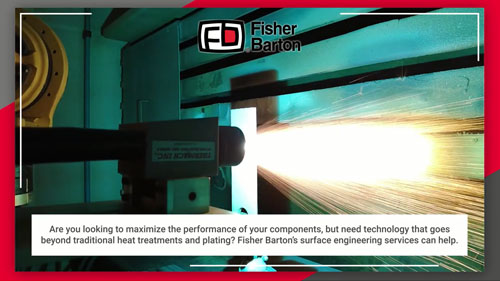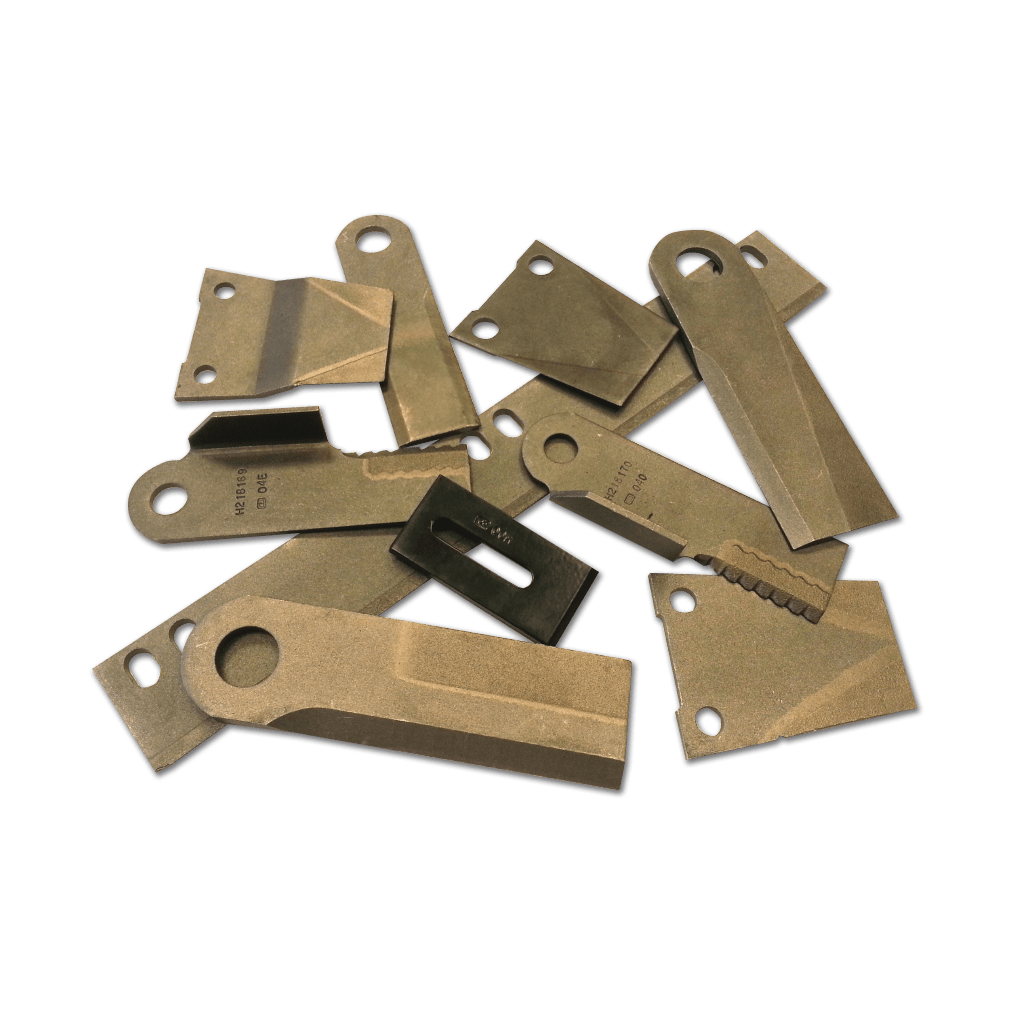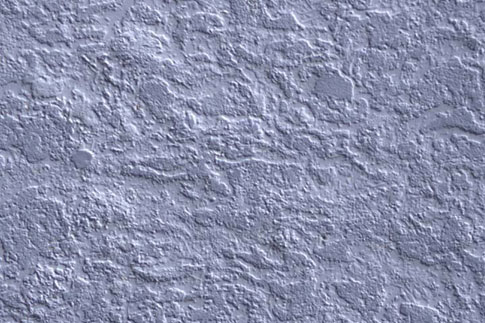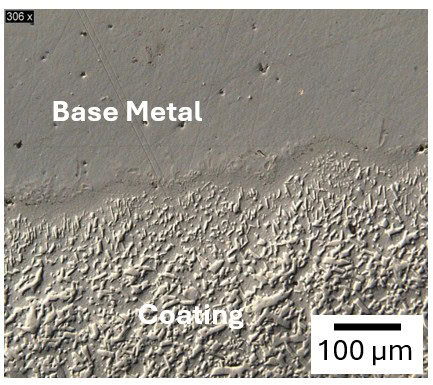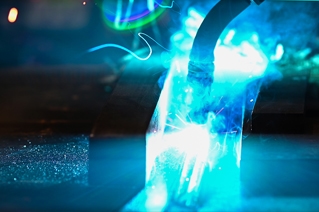Thermal spray coatings are a group of processes that use combustion of gases or electrical energy to melt feedstock material in wire, powder, or rod form. The melted material is atomized and propelled to a prepared surface where the material immediately freezes and builds up to create a coating. Our thermal spray coatings are extremely versatile and able to create coatings out of almost an endless number of materials. The technology is used in several industries to provide engineered coated surfaces for improving the components performance.
Surface Engineering Solutions
Take your component to a new level of performance when you combine surface engineering and heat treatment methods. Raw powder, wire, or rod materials can be turned into coatings providing superior hardness, wear, and corrosion-resistant properties. Our surface engineers will design a custom solution to your component’s wear issues.
FluxFuse®
A Fisher Barton proprietary process, FluxFuse minimizes distortion and warping of components found in typical open air fusing, while providing consistent, uniform fusing conditions for adhering thermal spray wear coatings to the component base material.
Superior fusing of a wear coating results in a much stronger coating bond and, ultimately, increased wear component performance and durability. Combining Fisher Barton’s patented MARBAIN® base material with FluxFuse combines the best of the materials and coatings worlds, offering a world of new opportunities for longer life and improved performance.
Learn MoreFUSIONbond®
A TST proprietary post coating heat treatment done in controlled atmosphere to promote coating diffusion into the coated component to create a metallurgical bond and promote diffusion within the coating almost eliminate coating porosity. The FUSIONbonded coating with its tenacious metallurgical bond can withstand high impact, and the high-density coating provides enhanced wear and corrosion resistance.
Learn MoreIron-Based Coating
The TST-163 Iron-Based Coating by Fisher Barton is a high-performance FeCrCBSi alloy designed to extend the life of components in extreme wear environments. This fully metallurgically bonded coating boasts exceptional hardness (926 HV200g) and low porosity (<0.5%), ensuring superior resistance to abrasive wear. It outperforms Ni-based alloys, offering enhanced durability, cost-effectiveness, and consistent performance under harsh conditions. Ideal for industries such as chemical, oil, and gas, the TST-163 coating reduces maintenance frequency and operational costs, providing excellent value and reliability.
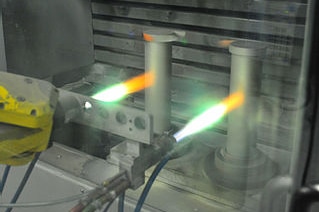
Flame Spray
Is an oxyfuel process in where feedstock material in powder, wire, or rod form is fed into the flame, melted, and carried by the flame and air jets to the surface being coated. Molten particles immediately solidify upon contacting the surface. The process has relatively low gas and particle velocities which can result in coatings higher in porosity and lower in bond strength. The process is economical and can be used in the spray and fuse process where the coating is heat treated after deposition to achieve a strong metallurgical bond and greatly reduce coating porosity.
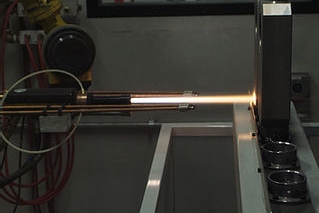
HVOF- High Velocity Oxyfuel
Uses a fuel gas ( such as hydrogen, propane, or propylene) or liquid (such as kerosene) and oxygen to create a combustion jet. The combustion takes place internally at very high chamber pressures, exiting through a small diameter barrel to generate a supersonic gas jet. Feedstock powder is injected into the jet is heated and accelerated to very high velocities. The process results in dense, well bonded coatings.
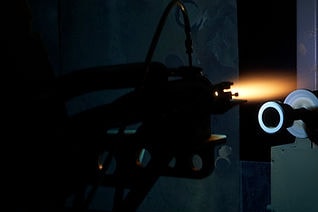
Plasma Spray
This coating technology uses a high temperature ionized gas, (a gas plasma) that is produced withing the plasma gun. The gas is typically a mixture of argon-hydrogen or argon-helium and it is ionized between a tungsten cathode and copper anode utilizing a dc arc. Core temperatures within the plasma are the highest of all the thermal spray processes, 11,000-27,000oF. These temperatures are higher than any material melting point so many different materials can be melted and turned into coatings.
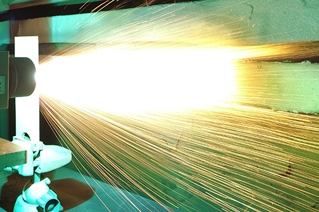
Electric Arc Spray - EAS
In the electric arc spray process the coating materials are in the form of electrically conductive wires. Two wires are electrically charged with opposite charges from a power supply. An arc is struck between the two wire tips, and the wires are continuously fed into the arc while a high-velocity gas between the wires remove the molten material and produces fine droplets that are propelled and deposited on the surface to be coated. The process is economical due to the use of wire feedstock and little heat is transferred to the surface being coated. Thermal spray materials in wire form including brass, aluminum, zinc, stainless steel, iron-based alloys, and other conductive metals can be used by this process to produce coatings.
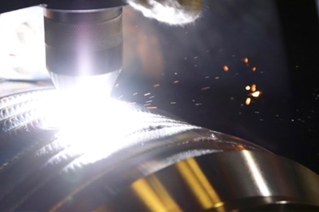
Plasma Transfer Arc - PTA
Plasma transferred, PTA, is a welding process utilizing plasma. The plasma arc is transferred to the substrate (the anode). Powder is fed into the plasma where it is heated along with the substrate which fuses the coating to the substrate. PTA welded overlays are commonly produced with iron, nickel, and cobalt based materials and in many cases hard particles such as tungsten carbides are deposited along with the conductive metal. High deposition rates are common.

Submerged Arc Welding - SAW
The process uses continuously solid or tubular cored electrodes for the feedstock. The arc and molten metal weld are protected from the atmosphere by being submerged under a blanket of flux. Thick weld layers are produced, and weld deposit rates are high. Iron based weld layers are produced that have high hardness and good wear resistance.
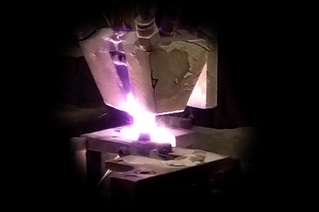
Laser Cladding
Laser cladding involves the feeding of metallic powder into a melt pool that is produced by a laser as it scans across the surface being cladded. The cladding is metallurgically bonded for excellent adhesion, and it is done with minimal heat input into the substrate. Iron, nickel, or cobalt based claddings with the addition of hard carbide phases creates highly wear resistant surfaces.



